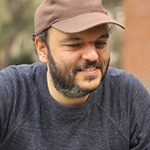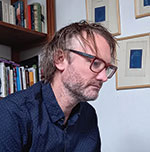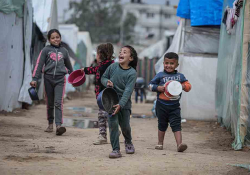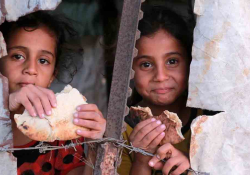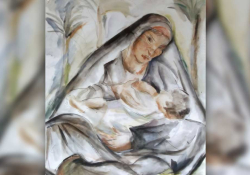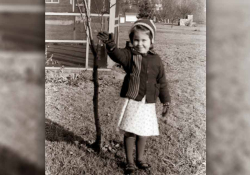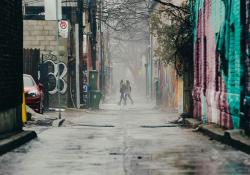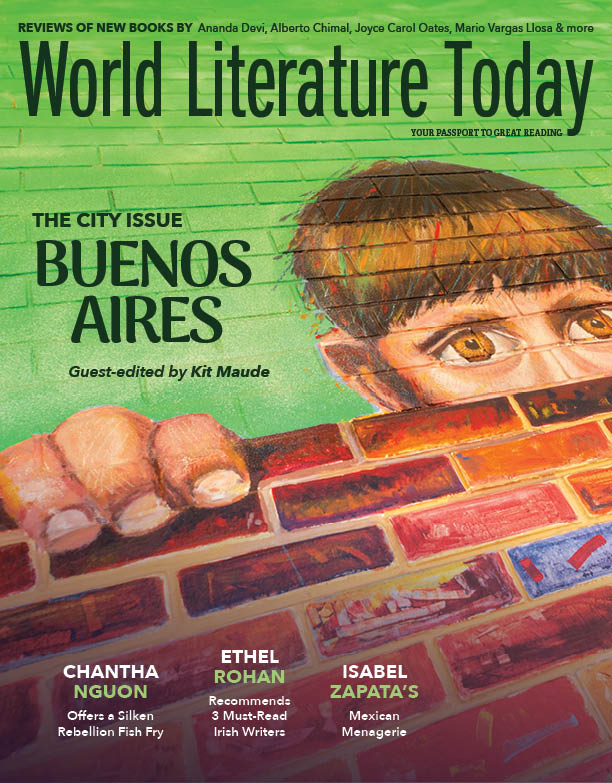End of Maneuvers
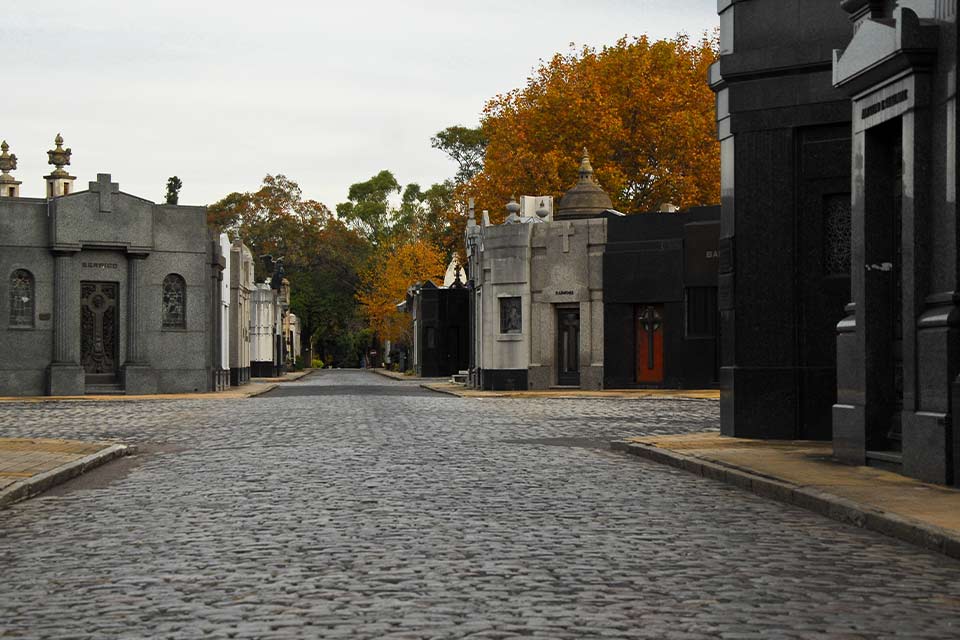
Some mornings from my ground-floor study window I see a man pass by on a bicycle with a boy on the backseat behind him. Normally by then I’d be sitting at my computer, but one morning I had to go out early and saw them approaching just as I was getting onto my bike.
We were headed in the same direction, them in front, going along Gamarra toward the Tornú Hospital. On every block there seemed to be construction work, or a brand-new building with units for sale. My neighborhood had been deregulated, paving the way for the demolition of low-rise housing, to be replaced by middling apartment blocks.
Gamarra comes to an end at Campillo, which runs through the cone of shadow cast by the Tornú. I’ve never been into the hospital. All I know is that it was built to treat tuberculosis patients in the early 1900s in an area of relatively higher ground, surrounded by farmland.
Campillo is cut off in turn by Malvinas Argentinas, and you have to swerve in an S-shape to continue along Girardot. Father and son crossed when the pedestrian crossing was green, but I had lagged behind and wasn’t going to make it. I cut across the avenue just when the cars were starting up on either side. Dangerous, but I made it. You might say that I was following them, but I wasn’t going very far out of my way from my original route.
We went along Girardot, passing houses that stood next to warehouses and the former headquarters of large companies of yesteryear. Perhaps the presence of these industrial buildings was what had held up residential development. There were a lot of side streets and smaller lots containing housing for workers and small workshops. A hypermarket took up an entire block, next to a community center, and after the hidden oasis of Malaver Plaza was a dead end where the city is abruptly severed by impassable railway tracks. The only options are to go up over the pedestrian bridge or head toward Artigas train station. Before getting there, one sees by the right-hand track a large sign for engineers that reads “End of Maneuvers.”
This area of the city is made up of irregularly shaped fragments. Puzzle pieces a few blocks long brought to an end by a hospital or a factory or arteries of heavy-goods traffic that run parallel to the railway lines. Maybe it was all once an estate subsequently divided up into lots but preserving the geography of large fields bordered by rural roads and tracks.
After crossing the railway tracks, we had to wait at a traffic light. It was one of the few in the city that are activated by pressing a button, as though the technology had been specially adopted for this area alone by an enterprising administration. We sat next to each other for a few seconds. I got a better look at them. They were both wearing helmets; I wasn’t. The boy called him “Papa.” They were chatting while they waited. The kid had a backpack and a stuffed toy on his lap. His feet on the ground, the father turned around to speak to him. We crossed the road in single file over to the side of the German and British cemeteries, which are like diplomatic annexes for the afterlife. I heard the boy ask his father whether the car parked at the traffic light was “a car for dead people.”
We crossed the road in single file over to the side of the German and British cemeteries, which are like diplomatic annexes for the afterlife.
The sidewalk by the British cemetery was very narrow. A flower kiosk left little room, and the few remaining flagstones had been displaced by tree roots. Our path broadened when we got to the wall of the municipal cemetery of Chacarita. I began to wonder where they’d go next; the lane they were on was about to come to a halt. Father and son turned into the cemetery through a back gate, nodding at the guard, and went onto the sidewalk to avoid the cobblestones. I followed them.
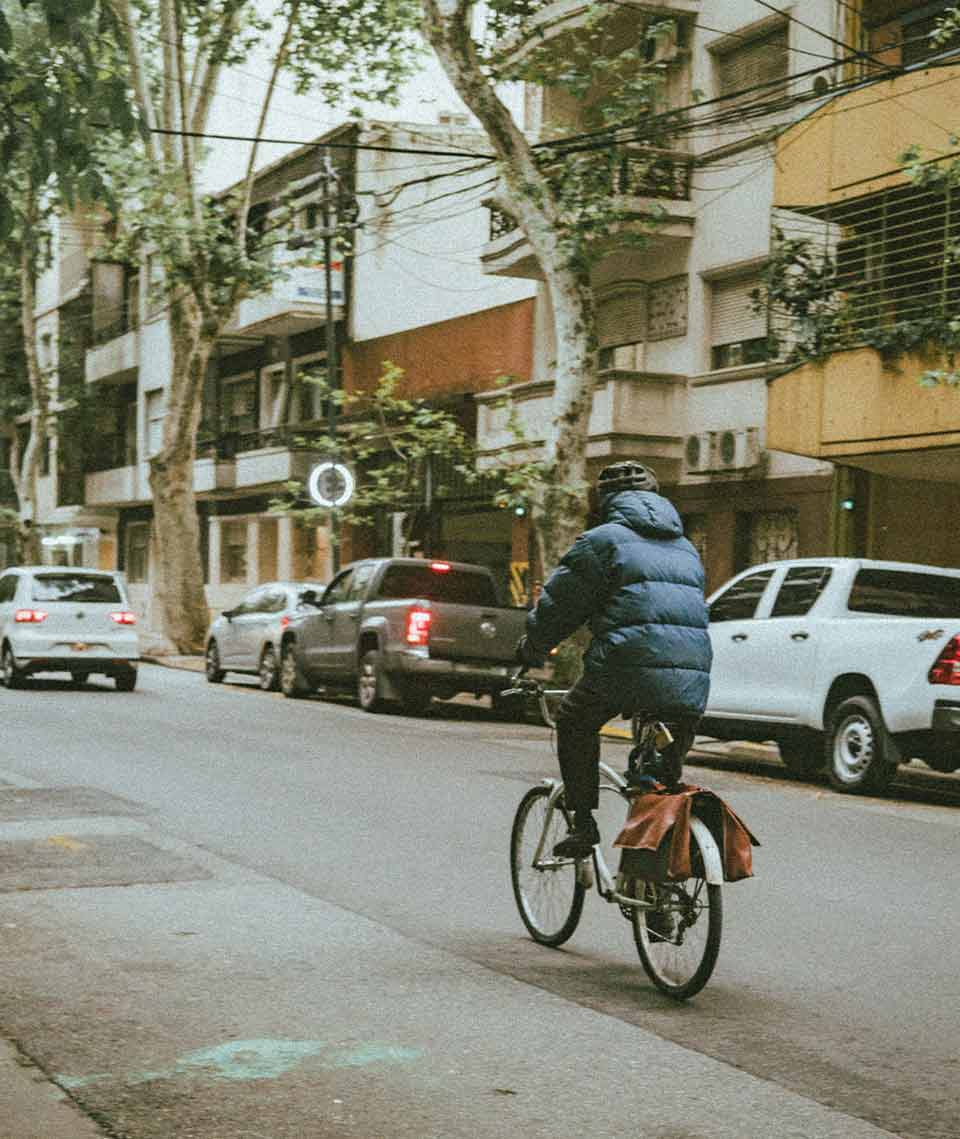
I’d never gone into the cemetery by bicycle. I’d always gone around—it didn’t seem right to use its streets as a shortcut. But it wasn’t really a shortcut, more a passage into another dimension. It was so quiet you could hear everything: the bumping of tires over the cobbles and pavement, the birds chatting to one another, earth being shoveled and the similarly singsong conversations of the maintenance workers. This was unpopulated land, on the surface, at least. Up above, a train chugged through the sky along the viaduct.
Chacarita cemetery is a city within a city. Originally it was on the outskirts, but now it’s right at the geographic center. I wouldn’t have walked this way; the bicycle enabled a more superficial interaction with the surroundings. But there was still something uncomfortable about following a pair of strangers across a cemetery. What if they were going to visit a grave instead of kindergarten? What if the toy in the boy’s hand was some kind of offering? The picture had radically changed.
Chacarita cemetery is a city within a city. Originally it was on the outskirts, but now it’s right at the geographic center.
We were going through the section of graves dug into the earth with their gravestones, photographs, colorful decorations, and flowers. A burial was visible in the distance, and elsewhere a couple of solitary mourners stood in front of plots. This was a more working-class area. It’s a city, but the streets have no name. They cross the lot diagonally from one end to the other, from the ossuary to the crematorium, the tombs and mausoleums to the graveyard.
But that couldn’t be right. After all, I saw them pass by every morning at the same time. It was a routine trip to kindergarten, hurried so as not to arrive late. At one point I overtook them, but I didn’t know the way, and a few moments later they’d disappeared behind me. I ended up following them through the Jorge Newbery entrance. They’d shortened my route by over a block. I lost them for good on Avenida Corrientes. They were almost certainly going to a kindergarten in Chacarita or Colegiales, but I took Corrientes, on my way downtown.
Buenos Aires
Translation from the Spanish
